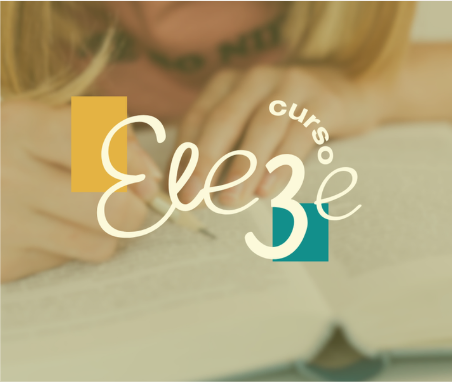Teaching Reading and Writing Based on Three Sources of Evidence
Mode:
Virtual
Third Edition:
May 8, 2025
Facilitators:
In collaboration with:
Alexa von Hagen
Juan Cruz Ripoll
Directed to:
Teachers of Early Childhood Education and Basic Secondary Education. Including Seventh, Eighth, and Ninth
Synchronic gatherings once a week:
Gathering 1 - Thursday at 6:00 PM - Alejandra Balbi
Tertulia 2 - Tuesday at 7:00 PM - Virginia Osorio
Alliance Foundation UPM
UPM Foundation finances 100 scholarships to promote the professional development of teachers in Río Negro, Paysandú, Tacuarembó, Durazno, Cerro Largo, and Soriano.
The course offers a research-based approach to teaching reading and writing at all school stages. It combines (1) classic and innovative theoretical models, especially to understand the writing learning processes, (2) effective assessment techniques to identify performance levels, learning progressions, and risk of difficulties, (3) evidence-based practical activities designed to teach reading and writing words, and to improve text comprehension and production. It engages participating teachers in a learning community that innovates their practices through reflection and collaborative action. This course is designed for teachers seeking effective and evidence-based strategies to enhance the teaching of reading and writing in various school contexts.
Virginia Osorio

ELE3E: Teaching of Reading and Writing
185$
What do we mean by "Three Sources of Evidence"
First E: Scientific Evidence
This is probably the most well-known source. Scientific evidence comes from studies that use rigorous methods to investigate a phenomenon. These methods can be qualitative or quantitative, and they must be documented precisely so that other scientists can replicate them. In science, a single study is not enough: knowledge is built from multiple investigations that consistently confirm findings.
Second E: Professional Evidence
As educators, we accumulate knowledge from our daily experiences. This is our "professional evidence." We learn by observing what works in the classroom, reflecting on our interventions, and engaging in dialogue with colleagues. For example, we may notice that a strategy is effective for some students but not for others, and we have time to adjust and try new ideas. This body of professional wisdom, as Whitehurst (2004) points out, is essential for integrating the best empirical evidence with everyday practice.
Third E: Evidence about the student and their context
Not all strategies work the same in every context. What is effective in one school may not be in another, and what helps one student may not be useful for another. Contextual evidence means adapting our decisions to the characteristics of the community, the group, or even the specific moment. This aspect is essential to ensure that our practices are relevant and effective.
Regístrate
Contáctanos para tener la investigación en la palma de tu mano.

